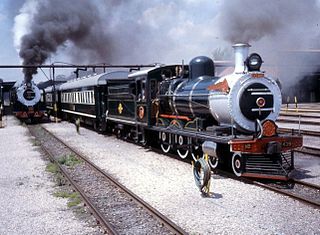
The South African Railways Class 6 4-6-0 of 1893 was a steam locomotive from the pre-Union era in the Cape of Good Hope.

The South African Railways Class 6C 4-6-0 of 1896 was a steam locomotive from the pre-Union era in the Orange Free State.

The Natal Government Railways Class K 0-4-0ST of 1891 was a South African steam locomotive from the pre-Union era in the Colony of Natal.

The Cape Government Railways 2nd Class 4-4-0T of 1882 was a South African steam locomotive from the pre-Union era in the Cape of Good Hope.

Durban Harbour's John Milne of 1879 was a South African steam locomotive from the pre-Union era in the Colony of Natal.

The Cape Government Railways 1st Class 4-4-0T of 1875 was a South African steam locomotive from the pre-Union era in the Cape of Good Hope.
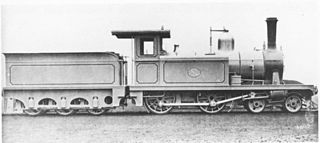
The Cape Government Railways 1st Class 4-4-0TT of 1881 was a South African steam locomotive from the pre-Union era in the Cape of Good Hope.

The Cape Government Railways 1st Class 2-6-0ST of 1876 was a South African steam locomotive from the pre-Union era in the Cape of Good Hope.

The Cape Government Railways 3rd Class 4-4-0 of 1889 was a South African steam locomotive from the pre-Union era in the Cape of Good Hope.
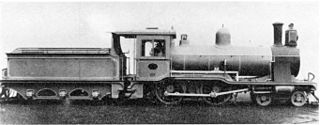
The Cape Government Railways 3rd Class 4-4-0 of 1901 was a South African steam locomotive from the pre-Union era in the Cape of Good Hope.

The Cape Government Railways 4th Class 4-6-0TT of 1882 was a South African steam locomotive from the pre-Union era in the Cape of Good Hope.

The Cape Government Railways 5th Class 4-6-0 of 1890 was a South African steam locomotive from the pre-Union era in the Cape of Good Hope.
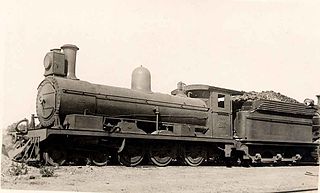
The Cape Government Railways 5th Class 4-6-0 of 1891 was a South African steam locomotive from the pre-Union era in the Cape of Good Hope.

The Cape Government Railways 1st Class 0-4-0ST of 1875 was a South African steam locomotive from the pre-Union era in the Cape of Good Hope.
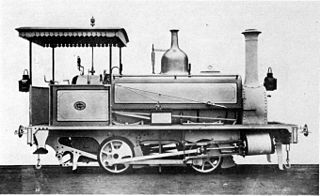
The Cape Government Railways 1st Class 0-4-0ST of 1876 was a South African steam locomotive from the pre-Union era in the Cape of Good Hope.

The Cape Government Railways 2-6-0ST of 1900 was a South African steam locomotive from the pre-Union era in the Cape of Good Hope.

The Port Elizabeth Harbour 0-4-0ST of 1894 was a South African steam locomotive from the pre-Union era in the Cape of Good Hope.
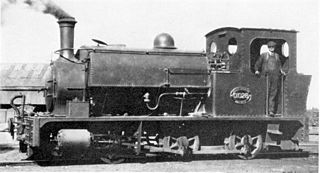
The Cape Government Railways 0-6-0ST of 1902 was a South African steam locomotive from the pre-Union era in the Cape of Good Hope.

The Cape Government Railways 0-4-0ST of 1881 was a South African steam locomotive from the pre-Union era in the Cape of Good Hope.

The Cape Government Railways 1st Class 2-6-0 of 1876 by Kitson was a South African steam locomotive from the pre-Union era in the Cape of Good Hope.




















